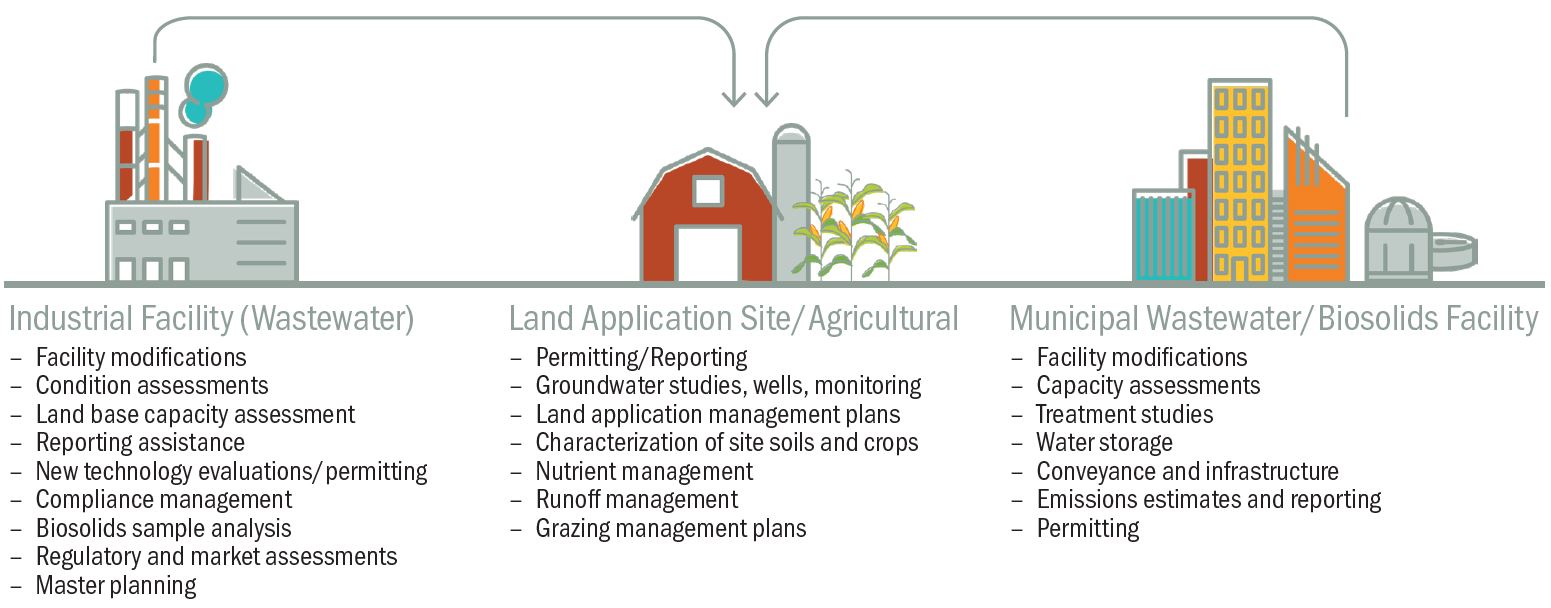Rulemaking in politically uncertain times can get complicated, so BC continues to watch how regulatory deadlines and priorities shift as the political landscape evolves.
The EPA is delaying some regulatory schedules associated with PFAS, TSCA, EPCRA, and NESHAP, while others (power plant rules) have been issued but face numerous statutory reviews.
Still other regulatory schedules, such as the October 2024 LCRI deadline and the October 2024 release date for coal combustion residuals disposal rule, remain unchanged for now.
Regulatory delays and uncertainty mean significant planning and implementation challenges to impacted facilities. BC’s Compliance and Permitting Team is keeping a close eye on the EPA’s regulatory agenda to help clients well informed during times of change.

Questions? Reach out to Samir Dave
New legislation aims to streamline energy project permitting and boost infrastructure
The Energy Permitting Reform Act of 2024 (S. 4753) aims to expedite the permitting process for both renewable and traditional energy projects, reducing delays and litigation that can hinder infrastructure development. The bill has passed the Senate Committee on Energy and Natural Resources with bipartisan support and is currently waiting further action, likely after the November elections.
Why it matters: While there may not be an immediate impact, an expedited regulatory process would benefit pipeline, midstream, upstream, liquefied natural gas, and new power (including nuclear, natural gas, and renewable natural gas) projects by accelerating planned spending. Downstream projects like refineries and chemical plants will see minimal impact.

Questions? Reach out to Peter Randazzo
EPA OIG to evaluate climate change risks to Superfund sites
The EPA’s Office of Inspector General (OIG) is initiating an evaluation of Superfund site remedies at federal facilities to assess risks from sea level rise and storm surges caused by climate change. This evaluation aims to address the agency’s top management challenge for fiscal year 2024: mitigating and adapting to climate change impacts.
Why it matters: he EPA has already begun requiring climate change resilience consideration as part of Superfund site remediation alternative evaluations, which can impact the selection and design of remediation alternatives. Findings may require existing remediation projects to be optimized, and sites may need to identify alternatives and designs based on future climate rather than current conditions.
California’s new direct potable reuse regulations enhance sustainable drinking water

Questions? Reach out to Fred Gerringer
The newly approved direct potable reuse (DPR) regulations in California allow public water systems to recycle wastewater into safe drinking water, either directly into the drinking water system or into a raw water supply upstream of a treatment plant. Effective starting Oct. 1, this regulation aims to enhance water supply resilience amid climate change.
Why it matters: California’s new DPR regulations are driving interest and potential projects, including major initiatives in Los Angeles, Southern California, and San Diego. While other states may look to California for guidance, they would likely adapt the regulations to better fit their states’ potable reuse needs.




